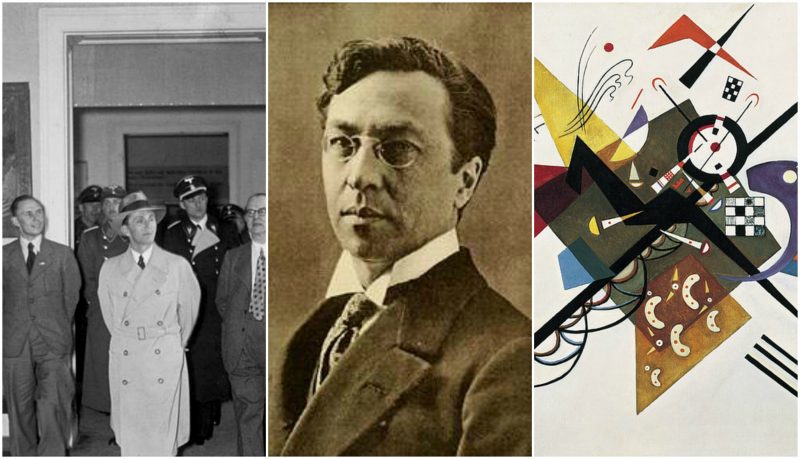Russian-born painter Wassily Kandinsky is credited as one of the most important artists in history.
Breaking ground in the art world as an avant-garde master of the abstract, he is regarded as the first key figure of pure abstract art in the early 20th century.
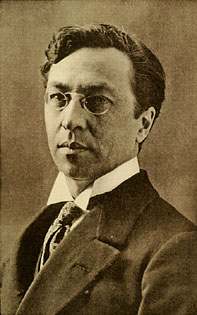
His brilliant understanding of art theory, unusual use of color, and flawless execution are the most distinguished elements of his art. The vibrant colors, lines, and seemingly misplaced geometrical figures are recognizable by many.
Wassily Wassilyevich Kandinsky was born in Moscow on December 4, 1866. His parents were Vasily Silvestrovich Kandinsky and Lidia Ticheeva, both of whom were musicians. They divorced when he was five and he went to live with his aunt in Odessa, Ukraine, where he would learn to play the piano and cello, as well as practice drawing.
The combined synergy of playing musical instruments and drawing fueled Kandinsky’s sense and understanding of art as a channel for spiritual expression.
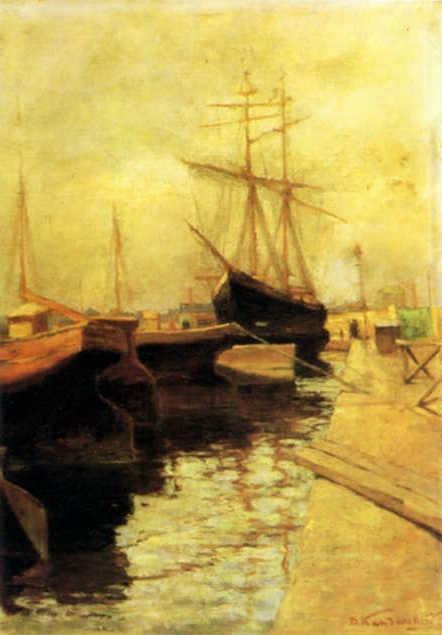
He approached color with the flowing essence of music and believed that “each color has a mysterious life on its own”.
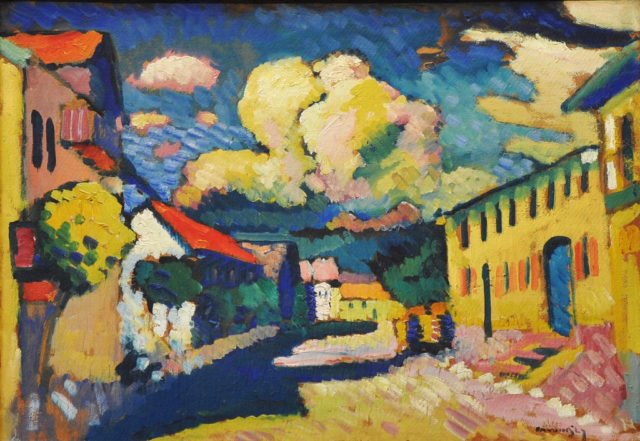
By his family’s request, he studied law at the University of Moscow in 1886 where graduated with honors as an excellent student. Kandinsky married his cousin, Anna Chimyakina in 1892. He settled down with a job at the Moscow Faculty of Law, managing art-printing works on the side.
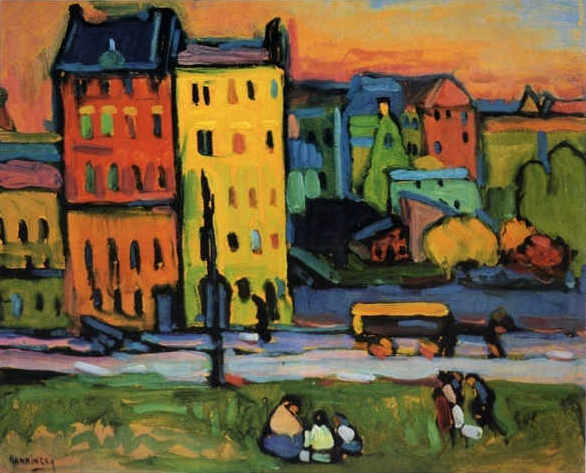
Fortunately for the future painter, two events would mark the beginning of his artistic career. In 1896, he saw a French Impressionism exhibition in Moscow.
He was enchanted by Monet’s ‘Haystacks at Giverny’ and its vibrant colors, experiencing unconventional art for the first time. The second event was when he heard Wagner’s “Lohengrin” at the Bolshoi Theatre. He promptly chose to abandon his fruitless law career and moved to Munich to focus on his newfound passion.
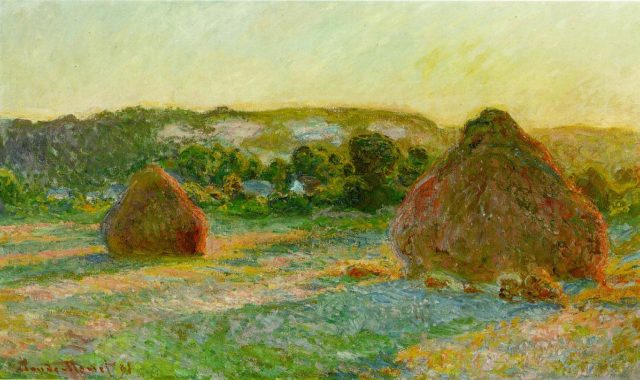
The distinguished artist began painting and studying art at the age of 30 at Anton Ažbe’s private school in Munich. Although he also studied at prestigious art schools like The Academy of Fine Arts, his work and studies were self-directed.
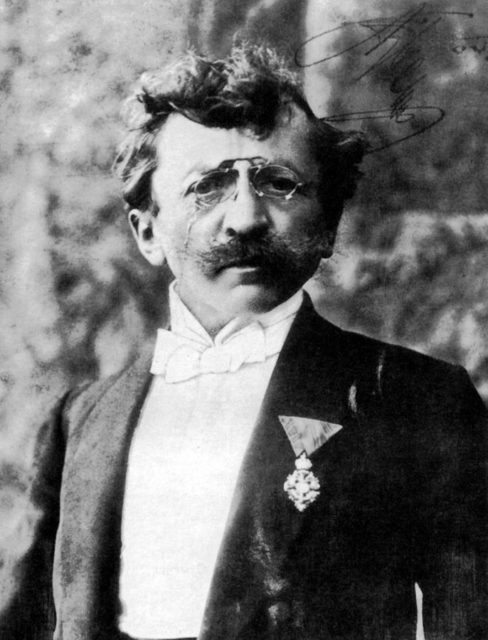
Monet’s work and Wagner’s music served as an inspiration to the promising artist, leading him to explore unconventional color patterns as he delved deeper into abstract art.
His unorthodox method was subjected to criticism from his peers and contemporaries.
Nevertheless, he emerged as a progenitor of the 20th-century avant-garde movement.
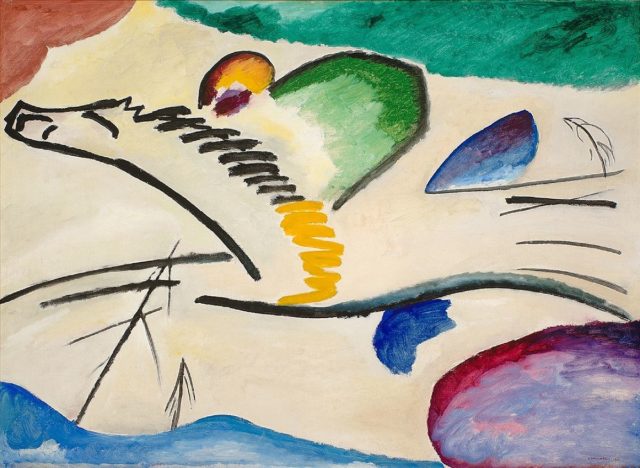
In 1903, he decided to move in with art student Gabriele Münter. They were good friends, often embarked on many adventures and they frequently traveled before settling in Bavaria.
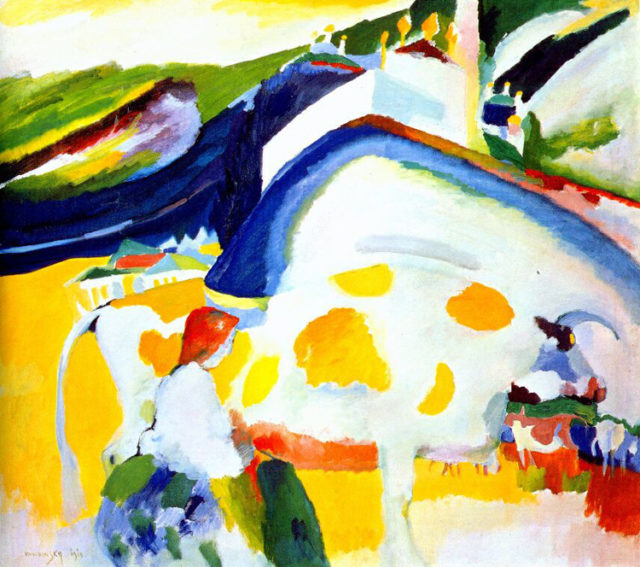
One time, while he was studying for the preparation of his Composition IV, Kandinsky went for a walk. At this time, Gabriele Münter was cleaning his studio and accidentally turned the canvas on its side.
When Kandinsky returned, he didn’t even recognize the painting. He fell to his knees, weeping, saying it was the most beautiful painting he’d ever seen.
Apparently, he has been freed from attachment to an object, which explains his cemented focus on a single element. Just like when he saw Monet’s Haystacks, this experience turned out to be life-changing for Kandinsky.
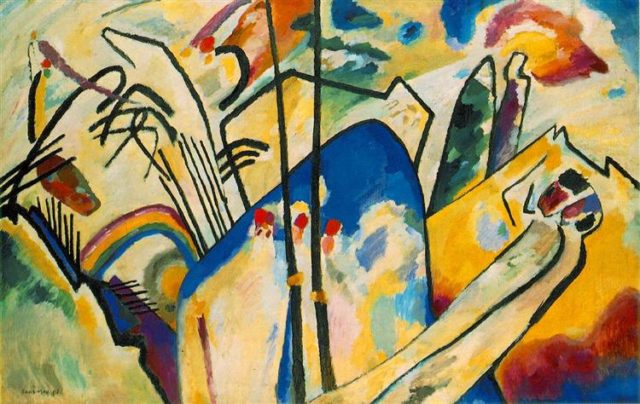
Kandinsky’s paintings were larger during this period, full of vibrant colors, shapes, lines and forms. He believed music was important for abstract art because music itself is abstract by nature, meaning it is not able to represent the world, but it can express the way the soul channels.
Which is why he sometimes called his spontaneous paintings “improvisations”, while the more complex ones were famously called “compositions”.
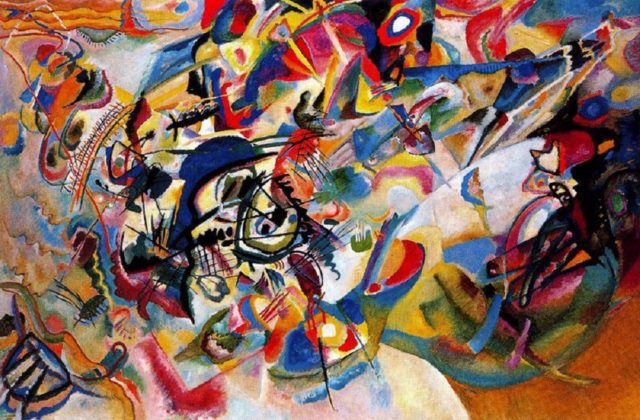
Kandinsky later formed the New Artists’ Association (Neue Künstlervereinigung München) in Munich and became president of the group in 1909. The unconventional methods of Kandinsky were not well-accepted among the members and it disbanded in 1911.
The disbandment of the New Artists Association sparked another avant-garde group that promised totally new artistic perspectives.
Kandinsky formed a new and aspiring group called “The Blue Rider” which lasted until 1914.
The group consisted of August Macke, Albert Block, Gabriele Münter, as well as Franz Marc, who was a member of the Bauhaus movement. He befriended Paul Klee and many other artists that had similar mindsets.
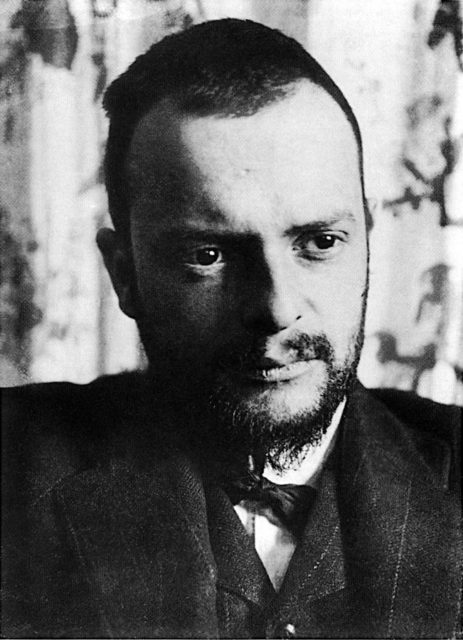
The group was essentially the premonition of expressionist art, along with another group called Die Brücke (The Bridge), formed in Dresden, 1905. The Blue Rider had two exhibitions and more were planned but were canceled because of the First World War.
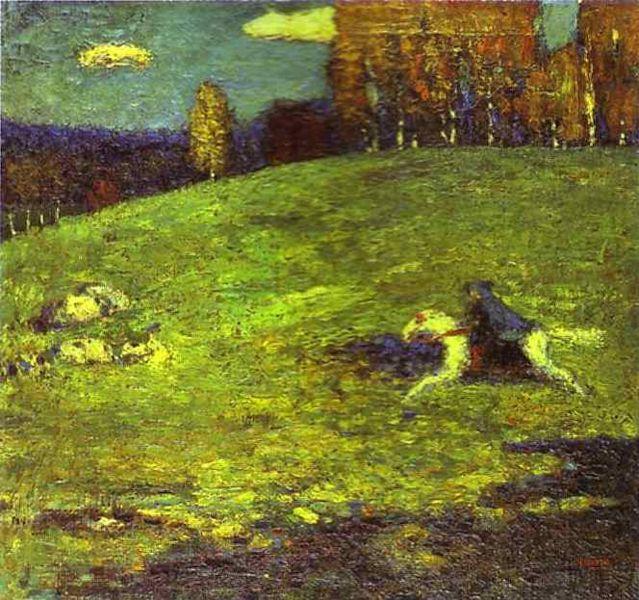
During the outbreak of the war, Kandinsky drastically changed his abstract style, going with even more minimal elements that hinted back to Russia, where the constructivist movement captured his attention.
He focused more on geometrical drawings and basic artistic elements.
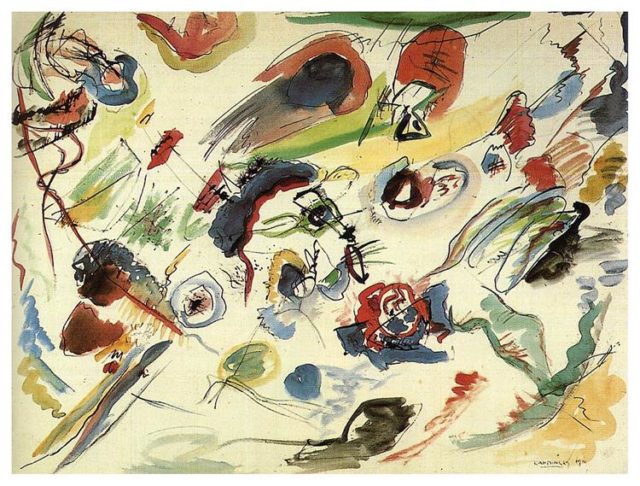
While in Moscow, the 50-year-old Kandinsky married the much younger Nina Andreevskaya in 1916. They only had one son who sadly died at a young age.
After the revolution, Kandinsky stayed in Russia to apply his teaching methods to reform the Russian educational programs. He helped in creating Moscow’s Institute of Artistic Culture and Museum of Pictorial Culture.
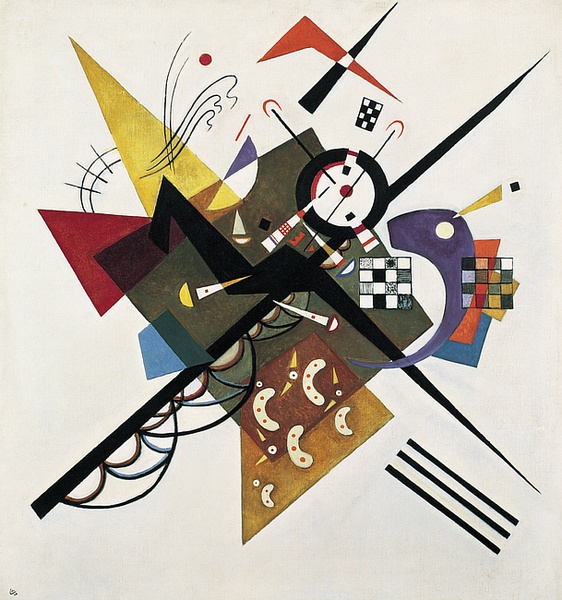
It seems that almost everyone who Kandinsky met, seriously contradicted and clashed with his views and theory.
The highly stern and radical members of the Institute dismissed Kandinsky’s expressionist view of art.
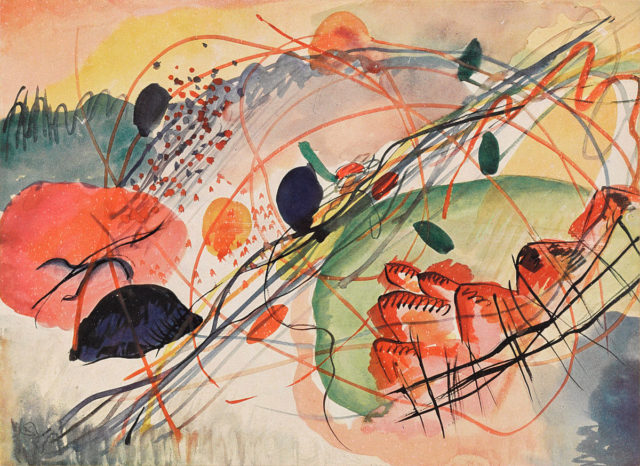
In Germany, he focused on teaching at the Bauhaus school and this was a highly productive period for the progressive teacher.
Kandinsky channeled his advanced theories to his students, conducting painting classes about various art concepts and methods. He emphasized the importance of geometrical elements.
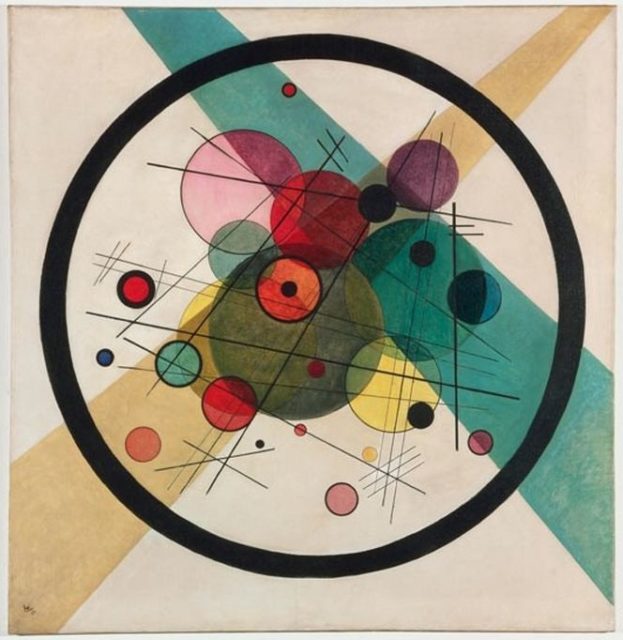
In the late 1930s, he and his wife moved to the suburbs of Paris. There, the famous artist Marcel Duchamp helped them in finding accommodation.
The time spent in Paris was very difficult for him. Kandinsky was isolated from his colleagues and students, he was depressed, his paintings sold poorly, and he was no longer attending creative discussions.
![Henri-Robert-Marcel Duchamp (French: [maʁsɛl dyʃɑ̃]; 28 July 1887 – 2 October 1968) was a French, naturalized American painter, sculptor, chess player and writer whose work is associated with Cubism, conceptual art and Dada,[1][2][3] although he was careful about his use of the term Dada[4] and was not directly associated with Dada groups.](https://www.thevintagenews.com/wp-content/uploads/sites/65/2016/11/706px-Man_Ray_1920-21_Portrait_of_Marcel_Duchamp_gelatin_silver_print_Yale_University_Art_Gallery-502x640.jpg)
When the Nazis came to power in 1933, they marginalized any cultural development, shutting down the Bauhaus school. Although Kandinsky had a legitimate German citizenship, it was impossible for him to stay in Germany.
He, along with other artists, was featured in the Entartete Kunst Exhibition in July 1937 in Munich. This was no ordinary artistic gathering.
The term “Entartete Kunst” was adopted by the Nazis to describe any art that was deemed “modernist”, un-German, Jewish, or was communist by nature. Any artists that were noticed would be sanctioned, forbidden to teach or sell their art, shunned and worse.
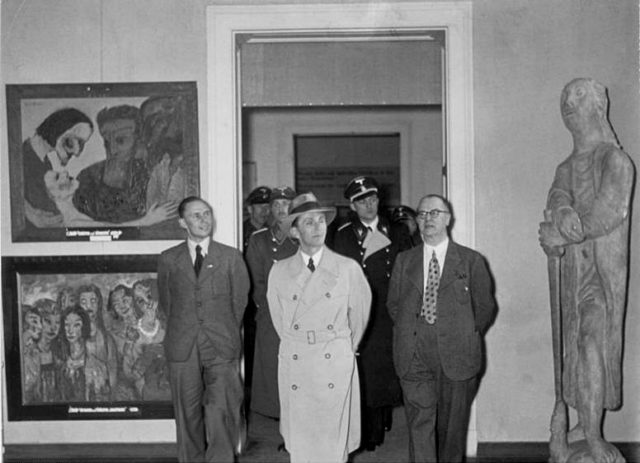
The Nazi Party did everything in their power to thwart any free-thinking cultural movement. The Gestapo conducted this smear campaign in order to thwart cultural gatherings, eliminating any form of potential anti-Nazi intentions among the public.
The widely attended “exhibition” unfairly confiscated 57 of Kandinsky’s works, which were later destroyed.
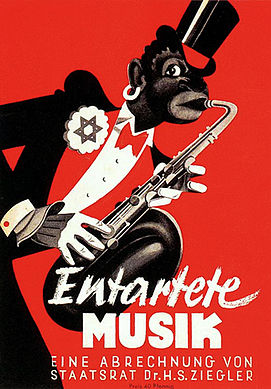
Music, films, likewise with any other art form, were subjected to restrictions and bans. Jazz was highly disapproved for its dissonant tones and unusual rhythm.
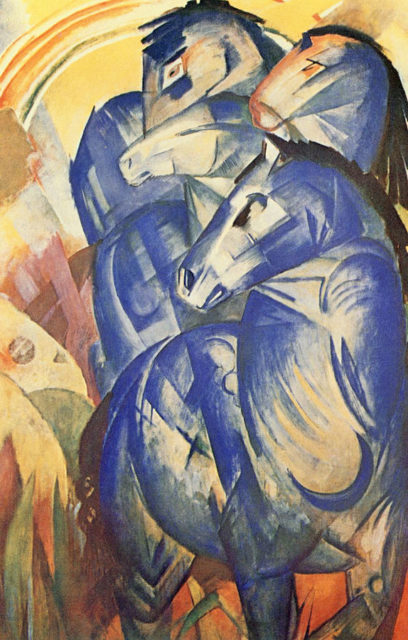
The exhibition moved to many towns in Austria and Germany, and the works were either sold, lost or destroyed during the travels.
Kandinsky died on December 13, 1944, in Neuilly-sur-Seine, France. He was suffering from cerebrovascular disease. Although he was still considered controversial by many, Kandinsky earned the respect of prominent art enthusiast Solomon Guggenheim and continued to exhibit until his death.
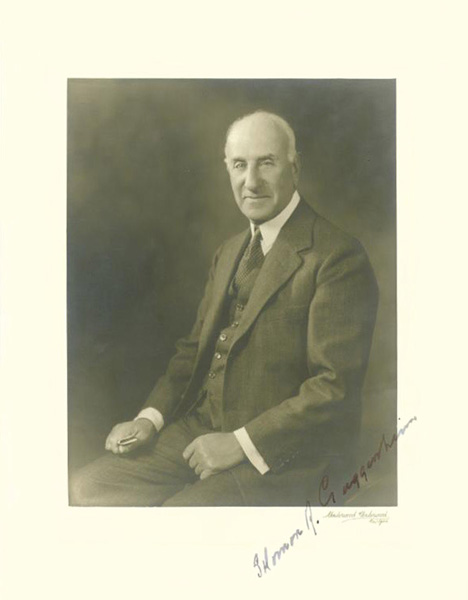
Throughout his lifetime, Kandinsky frequently hosted exhibitions, taught many students and published books about his theories of art. Today, in the New York auction houses and galleries, his artwork sells for over a staggering $20 million.
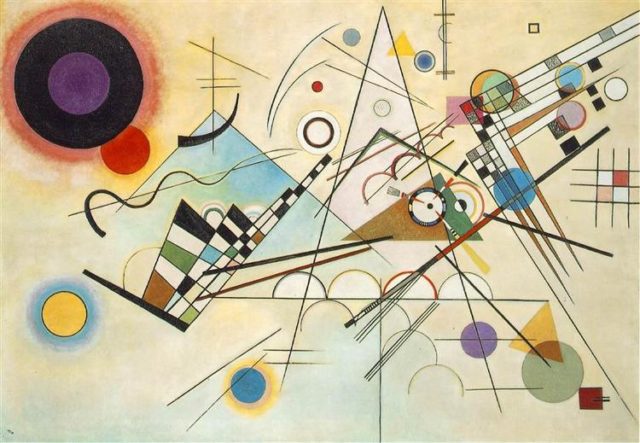
In his works, color became a tool for expressing emotion, rather than just being a simple tool for description of subject matter. He felt that the use of color was not merely a means of representing objects and forms, but rather a method of reaching a level of spirituality.
Kandinsky believed that each period in history stamps its own signature on art. His vivid color exposition through spiritual sensibility, along with mimicry of music, undoubtedly changed the rigid views of artistic expression in the 20th century.
